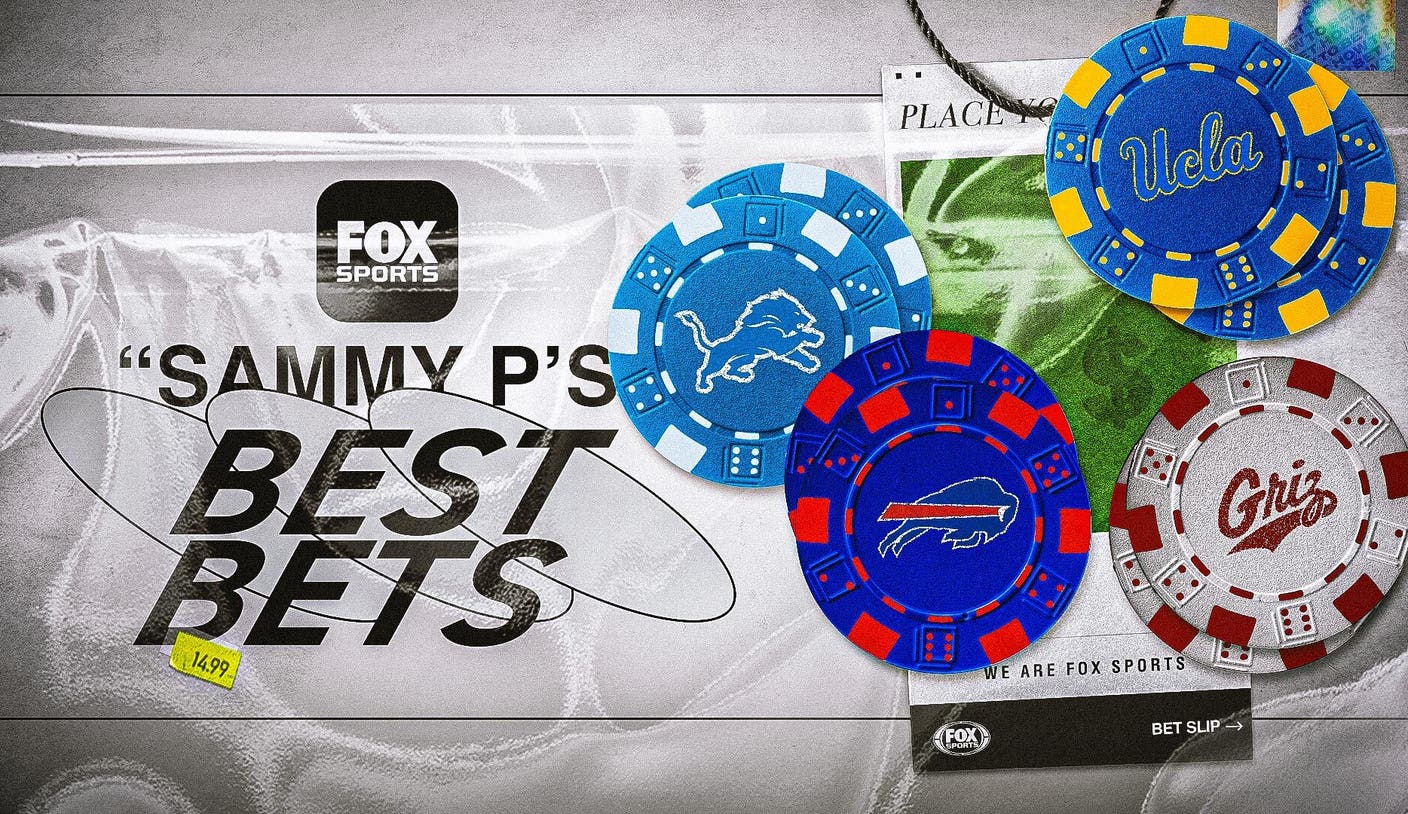
When over 7,000 scouts collect data from more than 400,000 matches annually across 60 sports worldwide, you end up ingesting billions of data points. For Sportradar, this includes detailed data straight from the source thanks to official partnerships with major sports leagues across the world, like Major League Baseball. Combine this with almost two decades of historical data and you have yourself a very comprehensive pool.
Sports statistics aren’t static. Markets are always changing and increasing each season depending on a variety of elements. To be able to interpret and analyse this amount of data and its volatility, you need a combination of cutting-edge technology and mathematical, scientific and sports expertise.
This is the foundation of our market-leading betting, trading and risk management solution, Managed Trading Services (MTS). Our Trading and Quantitative teams work with technology, including machine learning and AI, to analyse and monitor data to both manage risk and increase engagement. To cover sports and pre, live and post-match betting markets globally, this work is performed around the clock.
In terms of pre-match, we monitor market pricing and combine with feedback from our clients about betting activity to ensure odds always reflect the optimal trading price. This helps our clients increase their profitability. In the race for automation and scalability, we still need our expert traders to maintain an eye on the market and ensure any significant changes in price are either reflected in our systems or manually adjusted. This interaction is required on a 24/7 basis, again because of the unpredictable nature of sports and markets.
Our live betting risk management is heavily influenced by the company’s Liability Driven Odds model, which looks at outcome liabilities and adjusts prices accordingly in an automated fashion, depending on a variety of factors. Part of what makes our models so good is the amount of data points driven into them in real time, with adjustments made just as quickly. Our traders assist this process, using their expertise to adjust where necessary for qualitative purposes. This is important because a trader may make changes to effectively adjust core markets, which in turn drive the rest of the adjustments to all additional derivative markets.
The speed and reliability of this is critical to ensure we’re able to keep up in real time. This is where having access to official data is beneficial because it means nothing is missed. If a ball or strike is missed this can have significant consequences on the market. Roughly speaking, a ball is pitched in a baseball game every 25–35 seconds and the model has to be able to change at the same pace.
From a top-level business point of view, baseball has plenty of opportunities for betting, with breaks in play to establish what will happen next, unlike faster-paced games, like football. This allows for more time to present a market to a customer. As such, there may be less odds changes, although these odds changes are critical.
Post-match analysis is performed by our quantitative team. As soon as a game is finished, all the information is driven back to them and they review it against the mathematical output and adjust where needed. We also collect additional information from clients and statistics from the sport itself, which together form a feedback loop used by the quantitative and trading teams use to inform and enhance their models.
When building and enhancing models however, it is more beneficial to make adjustments slowly, because the public will exhibit recency bias and overreact to trends. If we constantly tweak the model too aggressively in a similar way, we will be indulging in reactive behaviour. Instead, we review models when we have a significant enough sample size, simply because sometimes trends in sport don’t always stick. In this respect, our expert traders save us time, because they can make tweaks where required in real time, without having to necessarily do overhauls to the models for small nuances or short-lived trends.
Our 360-degree approach goes beyond trading. It’s about providing optimised pricing and strategies to improve the betting experience for our client’s customers and the sports they love. Technologies, such as machine learning, lower error rates while also providing for greater efficiencies, and this isn’t just restricted to trading desks. But it is important any technological investment goes hand-in-hand with investment in highly qualified human resources.
The data, algorithms and machine learning powering models, without proper human expertise, are far less effective. Together, they can help minimise risk while maximising turnover and profit. The key to this, as part of our MTS, is not only improving efficiency by lowering error rates and streamlining processes, it’s also about effectiveness, robustness, and scalability; through these factors, we support operators of all sizes at any stage of their business journey.



